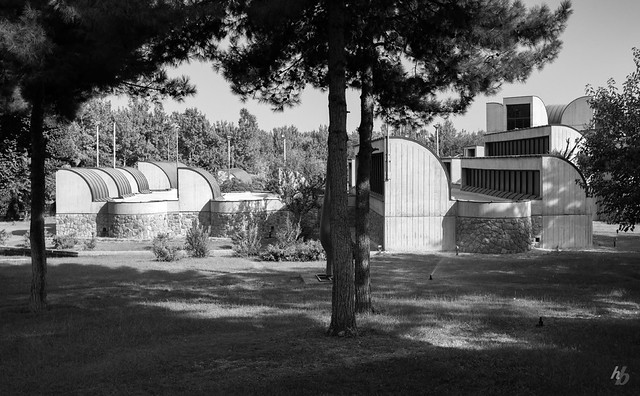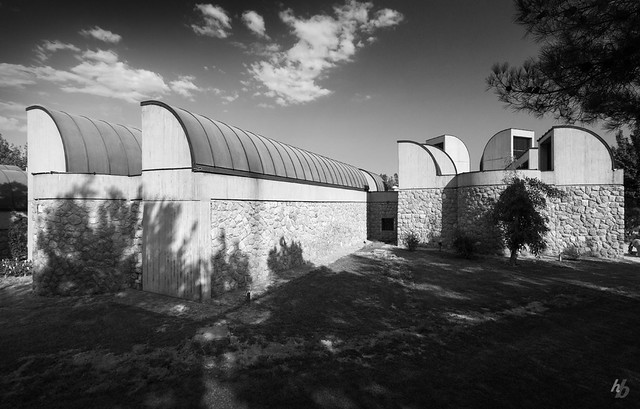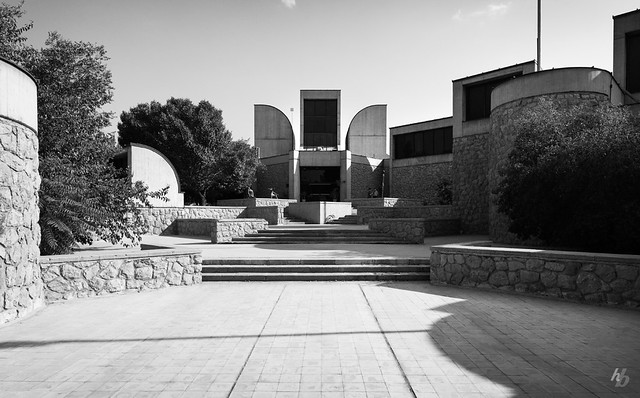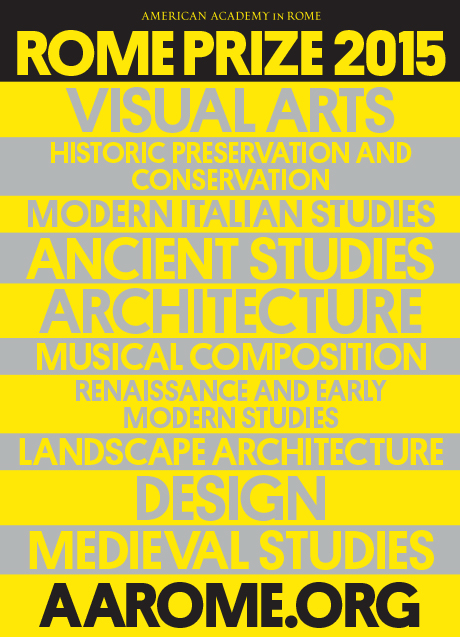Finally! Thom Andersen's brilliant, nearly three-hour documentary Los Angeles Plays Itself is being released on DVD and Blu-Ray on October 14, eleven years after it was completed.

At its most basic, the video essay (as it's been called) is an analysis of Los Angeles through movies. On a deeper level, film critic Jonathan Rosenbaum calls it, in addition to "a masterpiece," "an essay that qualifies as social history, as film theory, as personal reverie, as architectural history and criticism, as a bittersweet meditation on automotive transport, as a critical history of mass transit in southern California, as a wisecracking compilation of local folklore, as “a city symphony in reverse,” and as a song of nostalgia for lost neighborhoods such as Bunker Hill and unchronicled lifestyles such as locals who walk or take buses." (my emphasis) Rosenbaum's description of the film as part architectural history and criticism is spot on, just one aspect that makes it a stimulating and enjoyable experience for every one of its 169 minutes.

So, you may be asking, why has it taken eleven years for a DVD release? The main reason is that the film was made without studio backing and distribution, and since it's completely made up of clips from other films (with Andersen's highly opinionated narration on top), the rights to use the hundreds of clips was too much for the filmmaker or any distributor wishing to take on the task.

Enter The Cinema Guild, which announced in July that it would be releasing Los Angeles Plays Itself and three more Andersen titles: Red Hollywood, Eadweard Muybridge, Zoopraxographer, and Reconversão. As other documentaries have invoked "fair use" protections in recent years, such as This Film Is Not Yet Rated, so is Andersen. As he said last year last year on the film's 10th anniversary: "I was, am, and will be able to use [the clips] under fair use. No copyright owners were harmed in the making of this film."
For a taste of the joys of Andersen's film, here is a 6:40 clip on the use of modern houses in films:
Available at (but cheaper to buy direct from Cinema Guild on DVD and Blu-Ray.)
(but cheaper to buy direct from Cinema Guild on DVD and Blu-Ray.)

At its most basic, the video essay (as it's been called) is an analysis of Los Angeles through movies. On a deeper level, film critic Jonathan Rosenbaum calls it, in addition to "a masterpiece," "an essay that qualifies as social history, as film theory, as personal reverie, as architectural history and criticism, as a bittersweet meditation on automotive transport, as a critical history of mass transit in southern California, as a wisecracking compilation of local folklore, as “a city symphony in reverse,” and as a song of nostalgia for lost neighborhoods such as Bunker Hill and unchronicled lifestyles such as locals who walk or take buses." (my emphasis) Rosenbaum's description of the film as part architectural history and criticism is spot on, just one aspect that makes it a stimulating and enjoyable experience for every one of its 169 minutes.

So, you may be asking, why has it taken eleven years for a DVD release? The main reason is that the film was made without studio backing and distribution, and since it's completely made up of clips from other films (with Andersen's highly opinionated narration on top), the rights to use the hundreds of clips was too much for the filmmaker or any distributor wishing to take on the task.

Enter The Cinema Guild, which announced in July that it would be releasing Los Angeles Plays Itself and three more Andersen titles: Red Hollywood, Eadweard Muybridge, Zoopraxographer, and Reconversão. As other documentaries have invoked "fair use" protections in recent years, such as This Film Is Not Yet Rated, so is Andersen. As he said last year last year on the film's 10th anniversary: "I was, am, and will be able to use [the clips] under fair use. No copyright owners were harmed in the making of this film."
For a taste of the joys of Andersen's film, here is a 6:40 clip on the use of modern houses in films:
Available at















